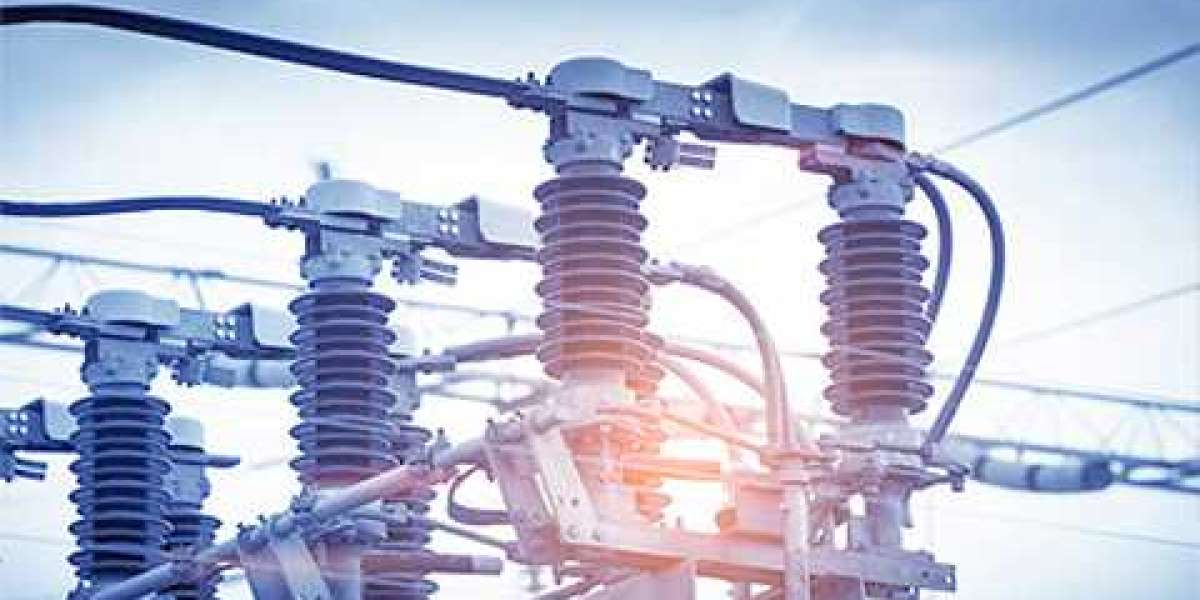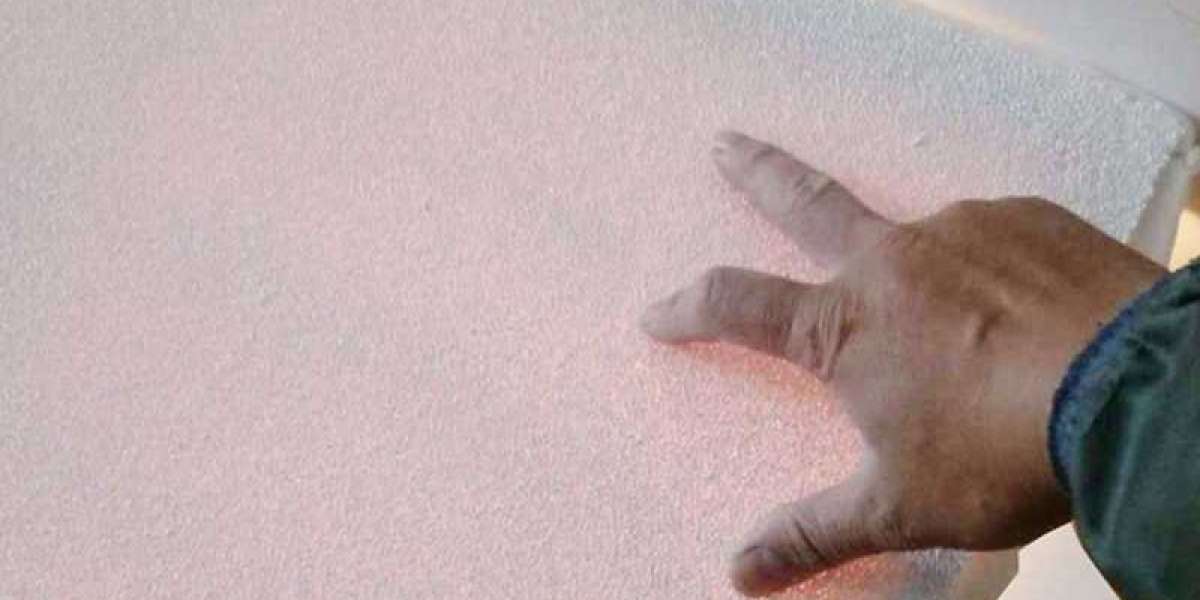12 volt batteries are influenced by numerous features such as over-voltage, Undervoltage, overcharge and discharge current, thermal runaway, and cell voltage imbalance. One of the most significant factors is cell imbalance which varies each cell voltage in the battery pack over time and hence decreases battery capacity rapidly.
You can charge your lithium iron phosphate batteries whenever you want just like your cellphone. Unlike lead-acid batteries, lithium iron phosphate batteries do not get damaged if they are left in a partial state of charge, so you don’t have to stress about getting them charged immediately after use. They also don’t have a memory effect, so you don’t have to drain them completely before charging.
There are two methods for battery charging:
battery charger(mains power)
solar panel (DC power)
The most ideal way to charge a LiFePO4 battery is with a lithium iron phosphate battery charger, as it will be programmed with the appropriate voltage limits. Most lead-acid battery chargers will do the job just fine.
AGM and GEL charge profiles typically fall within the voltage limits of a lithium iron phosphate battery. Wet lead-acid battery chargers tend to have a higher voltage limit, which may cause the Battery Management System (BMS) to go into protection mode. This won’t harm the battery; however, it may cause fault codes on the charger display.
Li-ion Battery cell level and pack level control variables are needed to be maintained accurately for safe operation. These control variables are monitored and protected by the battery management system (BMS).
BMS is an electronic device that acts as a brain of a battery pack, monitors the output, and protects the battery from critical damages. This incorporates monitoring of temperature, voltage, and current, failure forecast or prevention, and data collection through communication protocol for battery parameter analysis. Battery state of charge (SOC) is the percentage of energy currently stored in the battery to the battery nominal capacity. One of the important key functions of BMS is cell balancing.
Of course, you can also use a solar panel to charge your ECO-WORTHY LiFePO4 battery, but please make sure to choose a proper controller, both PWM controller and MPPT controller are okay.
And as an SLA targeted 12V panel makes about 18V at full-sun full-load, such a 12V panel will provide more than enough voltage under all practical light conditions.
If you don't have a controller, you can connect the battery to the solar panel, too. The BMS inside will protect the battery most times.
CAN I INSTALL A LITHIUM BATTERY ON ITS SIDE?
Yes, Canbat LiFePO4 batteries can be installed upright or on their sides. Please fasten the battery if installed in a moving vehicle, such as in an RV or a boat. Please also avoid placing anything over the battery, and it’s recommended to cover the terminals with a plastic cap to prevent an external short circuit.








